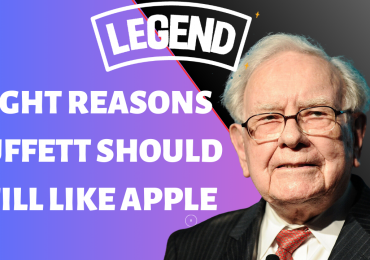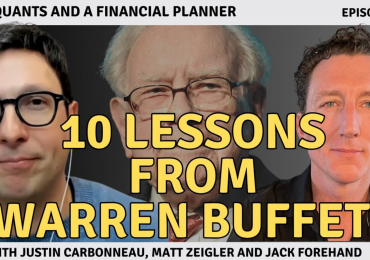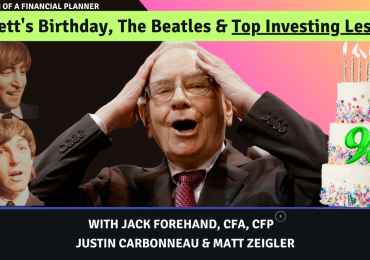An article in last month’s Forbes offers a synopsis of the investment approaches of some of our country’s prominent billionaires:
- Warren Buffett, CEO of Berkshire Hathaway– Buffett uses a “common-sense playbook” of investing in companies that have a track record of making money, that have strong management teams and low debt levels. His mantra is summarized as, “only put your money into companies you understand, and don’t overpay.”
- Mark Cuban—This investor became a billionaire through his sale of Broadcast.com to Yahoo in 1999, now owns the Dallas Mavericks and appears as a judge on the television show Shark Tank (and has invested $22 million in companies appearing on the show). He says, “I look for businesses that are unique and make me wonder ‘why didn’t I think of that?’ “
- John Catsimatidis, chairman and CEO of Red Apple Group owns Gristedes supermarkets in Manhattan, an oil refinery in Pennsylvania, and approximately 80 apartment and office buildings. According to the article, Catsimatidis is looking to make his portfolio more conservative (although over the past year, 70% of his stock holdings were in financial and energy companies).
- Mark Stevens, partner, S-Cubed Capital: Formerly a partner at Silicon Valley venture capital firm Sequoia, Stevens started S-Cubed Capital in 2012 and was an early backer of Yahoo, Google and LinkedIn. According to the article, he has been moving toward diversifying his holdings into energy, healthcare and real estate (including senior housing).
- John Yarbrough of Yarbrough Capital—Since selling his Video Gaming Technologies in 2014 (for $1.28 billion in cash), Yarbrough has been investing about half of his money in short-term bonds and a quarter in tech stocks. Described as a “buy-and-hold investor,” Yarbrough has owned Microsoft for 30 years and Apple for over ten. He looks for fast-growing companies that are profitable and have price/earnings growth ratio of under 2.








